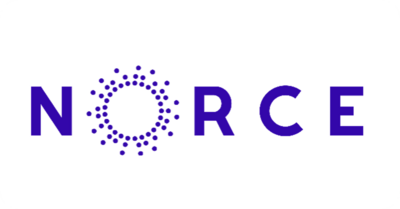Norwegian Research Centre – NORCE AS
NORCE is an independent research institute that conducts research for both public and private sectors, to facilitate informed and sustainable choices for the future. We deliver research and innovation in energy, health care, climate, the environment, society and technology. Our solutions address key challenges for society and contribute to value creation on the local, national and global levels.
